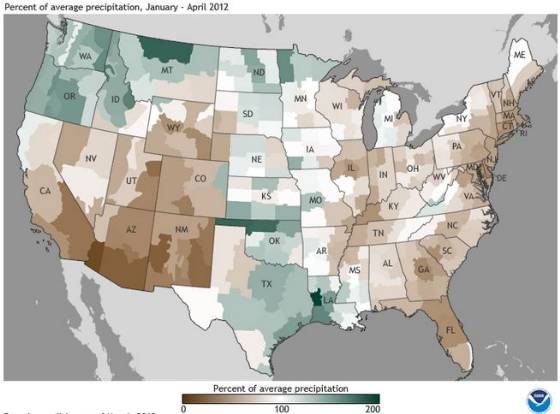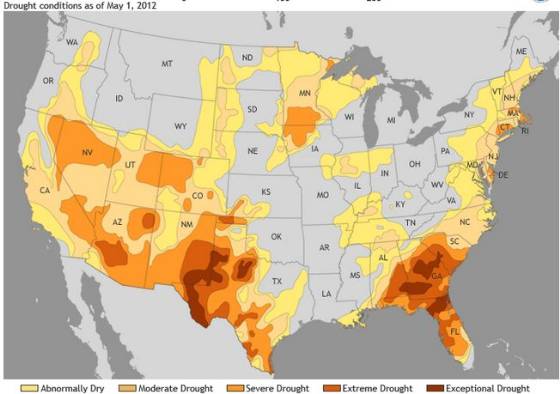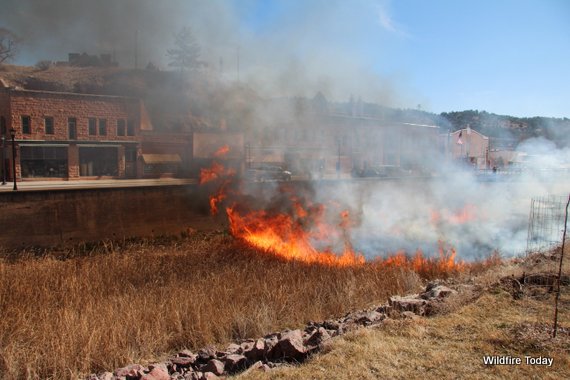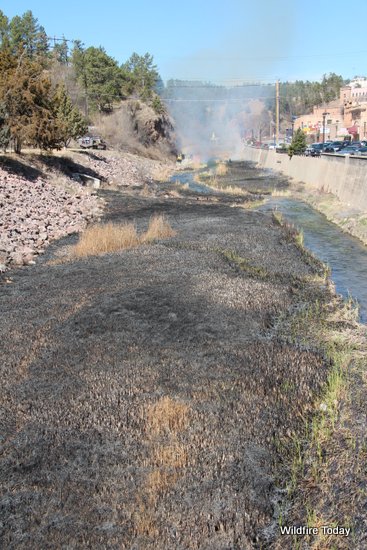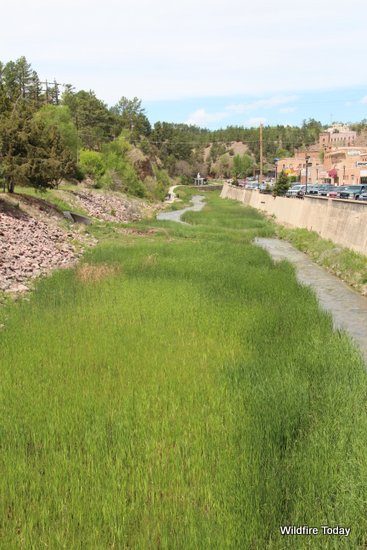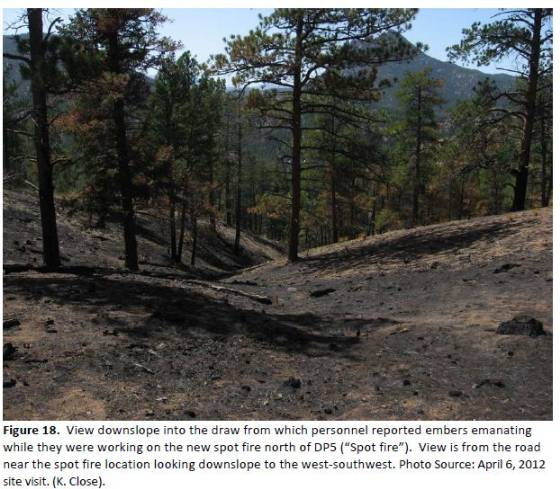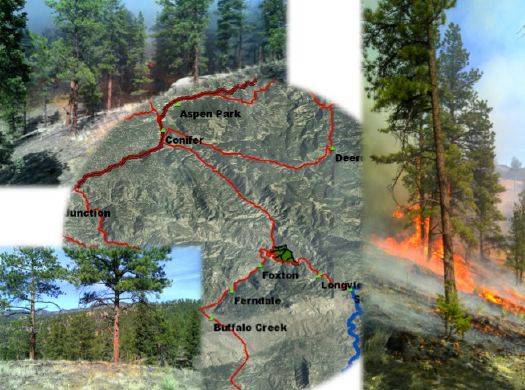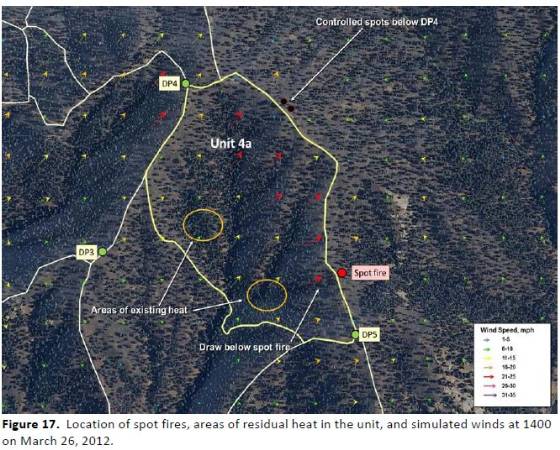Above: Prescribed Fire Burn Boss, Jon Wallace
The National Park Service and Everglades National Park have produced a wonderful film about prescribed fire in what is frequently called the “river of grass”, but this is titled “River of Fire”. (Thankfully they stayed away from the over-used terms “burning issue” and “trial by fire”.) The footage was shot during a 31,000-acre prescribed fire November 29th and 30th, 2011
While we appreciate the video projects about fire management that are produced by local land management units using not much more than an inexpensive videocam, this film takes it to the next level … or more. The technical aspects, the production values, and the editing make this project stand out among all others and in my opinion makes it suitable for network television.
When you watch it, I suggest you expand it to full screen and increase the quality to 720p or 1080p.
At the 5:00 minute mark of the 13-minute film I saw something completely unexpected — the air boat drives through flames. Watch for the ash that accumulates on the camera lens.
Congratulations to the NPS, and producer/director/editor Jennifer Brown, who has a field biology background as well as a Master of Fine Arts degree from the film program at Montana State University. In addition, Burn Boss Jon Wallace from the Arthur R. Marshall Loxahatchee National Wildlife Refuge did a great job providing excellent on-camera narration.
I talked with Rick Anderson, the Fire Management Officer of Everglades National Park, who told me that Ms. Brown is a GS-9 employee working for the Environmental Education section of the Interpretation Division under a term appointment which will end soon. She has been working for the NPS for about three years, has a Red Card, her own high-definition video equipment, and has produced a number of films for the park. If you disregard her salary, the cost of making the film was very, very low. The Southeast Region of the NPS recently paid a contractor about $25,000 to make a similar film.
Mr. Anderson said they don’t use an air boat on every prescribed fire because some projects are in wilderness areas which prohibit mechanized equipment, or the water levels may not be high enough. He said a skilled air boat operator can perform some interesting maneuvers, such as spinning donuts to mash down the grass or cattails in order to create a safety zone. An operator can also make a sharp turn to create a wake, and then turn the air boat so that the fan blows air across the wave picking up water in the form of a spray or fog knocking down the fire on the other side — a unique form of fire suppression.
Here is a description of the film provided by the National Park Service:
****
“River of Fire is now complete and posted to YouTube. We wanted to depict both the complexity and the beauty of fire in the Everglades Ecosystem. For the narration we used the two burn bosses on this Type 1 burn. Gary Carnall from the Everglades Fire Management was the trainee and Jon Wallace from Arthur R Marshall Loxahatchee NWR was the trainer. This was intentional. These are among the best in south Florida and their collaboration is an example of Interagency cooperation here. They also demonstrate the vast amount of knowledge that fire managers must possess to gain trust in this highly complicated ecosystem. Many themes in which responsible burn bosses must possess a high level of fluency are emphasized, fire ecology, wildlife, fire behavior, exotics, water quality and concern for the community. Jon Wallace’s command of the subject matter serves as an excellent example of a burn boss representing the craft of fire management.
The quality of this short film is a testament to skilled fire managers working with a expert video producer. In this case our video producer, Jennifer Brown who has a field biology background as well as a MFA from the film program at Montana State University. She also has completed 130/190 and the arduous WCT. Her background and talent was instrumental in creating this compelling short film. All the firefighters with helmet cams in the world could not give us a production of this quality. The experience of Jon on the airboat was critical in placing Jennifer in many locations that enabled her to get this beautiful footage. She also produced the beautiful “Pine Rocklands Composition” centered upon the highly imperiled Pine Rocklands of South Florida and features Everglades prescribed fire.”
****
For more information about the film or fire management at Everglades National Park contact: Rick Anderson, Fire Management Officer, at 305.242.7853.
UPDATE: April 12, 2013: The park has produced another video about their prescribed fire program about a prescribed fire at a Boy Scout camp.



